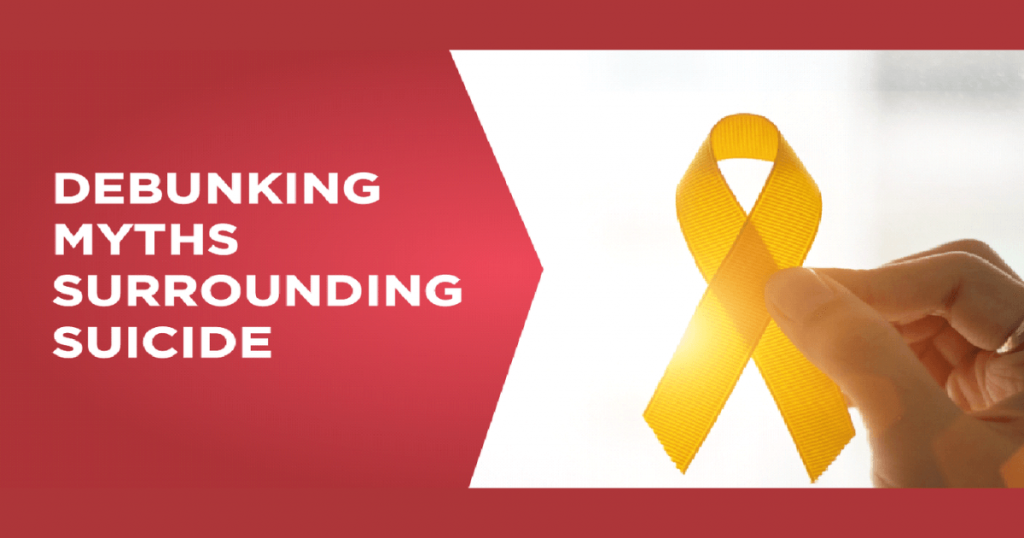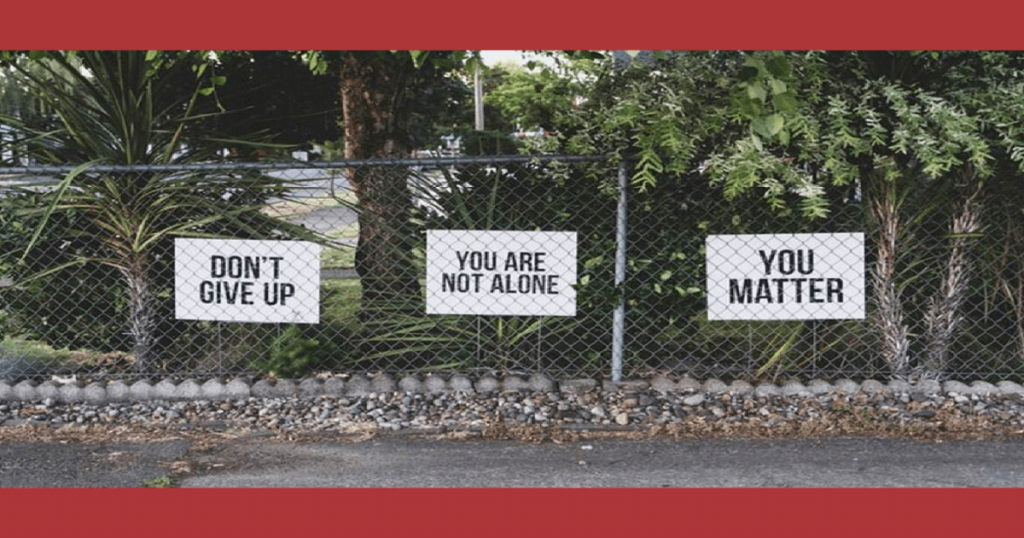-Let us pledge to live our lives everyday………
Schools play an indispensable part in preventing suicide among children as well as adolescents as they spent most of their time in schools. Schools get a crucial chance to identify the risk factors and prevent suicide.
We have penned down this article in the context of COVID-19 pandemic causing a profound deterioration in the mental health among the average Indian of all age groups with loss of jobs, extended lockdowns, closure of schools, dependency on online apps for various activities being at their peak. It has also been a matter of concern in the recent times and also a subject of discussion about the increasing suicidal rates during and after the pandemic. The objective of this article is mainly to create awareness among our readers on various myths and facts related to suicide, various ways to prevent it and to spread the message of “SAY NO TO SUICIDE”.
The suicide rate has significantly increased at an alarming rate in 2020 since 1982. According to WHO, every 40 seconds someone takes their lives. Thus, it is indeed important to consider this issue seriously at present and act accordingly through an interprofessional collaborative approach.
The International Association for Suicide Prevention (IASP) announced the new World Suicide Prevention Day theme for 2021-2023 as CREATING HOPE THROUGH ACTION which signifies the resolve to impart a new sense of purpose — strengthening and bestowing people with the skills and confidence to connect with someone they think may be struggling. This action was taken at a global level. But as a common man, how to identify if a person around us is suicidal or how do we approach when we come across such a person ???
Here are some “WARNING SIGNS ” which help in identifying a suicidal person:
- Suicidal ideation: Wanting to die or kill themselves
- Purposelessness: Feeling empty or having no reason to live
- Hopelessness: Feeling confined/ entrapped/ entangled in problems or feeling that there are no solutions
- Feeling unbearable emotional or physical pain
- Feeling a sense of being burden to others
- Social withdrawal: Withdrawing from family and friends
- Giving away important assets
- Departing from friends and family
- Recklessness / Impulsiveness: Attempting actions that could lead to death, such as driving extremely fast
- Talking or thinking about death often
Some “DO’S AND DON’TS ” while communicating with a suicidal person:
DO’S
- Be yourself
- Listen patiently
- Be respectful
- Be sympathetic
- Offer hope and reassure
- Take the person seriously
- Eliminate all the potentially dangerous objects
DON’TS
- Do not argue
- Don’t be judgemental
- Do not act shocked
- Do not promise confidentiality

Apart from the professionals (psychiatrists, psychologists, mental health worker etc), family, friends, relatives, colleagues at work can also help a person who is contemplating suicide.

Demystifying “MYTHS AND FACTS” related to suicide :
1. MYTH: If once someone is suicidal, he/she will always continue to be suicidal.
FACT: While suicidal thoughts may return, they are not permanent and an individual with previous suicidal thoughts and attempts can definitely live a normal life. Amplification of suicidal risk is often short-term and situational/ circumstantial.
2. MYTH: Talking about suicide is a bad idea and can be interrupted as encouragement.
FACT: Given the widespread stigma around suicide, most people who are contemplating suicide do not know whom to speak to. Rather than motivating suicidal tendency of a person, speaking openly to him/her gives time to reconsider his/her decision, thereby preventing suicide.
3. MYTH: It is only people with mental disorders who are suicidal always.
FACT: Suicidal behaviour refers to talking about or doing acts related to taking one’s own life but not necessarily indicates a mental disorder. Not all people who commit/ attempt suicide have a mental disorder.
4. MYTH: If someone talks about suicide, it does not mean that they commit it.
FACT: People who talk about suicide may be reaching out for support. Many people attempting suicide will be experiencing anxiety, depression and hopelessness and may feel that there is no other option. So if someone even talks about it, it should be considered as a psychiatry emergency and help them to seek professionals.

Another matter of concern is the increasing number of suicide among children and adolescents. Adolescence is an important phase of life. It is an essential connection between childhood and adulthood. It demands parental supervision, care, love and guidance. Among children, suicide attempts are often hasty and spontaneous. Such attempts are associated with confusions, attention-seeking behaviour, hyperactivity, anger, etc. Among adolescents, pressure to excel in studies, stress, lack of self-confidence, difficulties in seeking help from parents contribute to suicide attempts. They feel that suicide is an instant and permanent solution to their momentary problems.
Schools play an indispensable part in preventing suicide among children as well as adolescents as they spent most of their time in schools. Schools get a crucial chance to identify the risk factors and prevent suicide. Some of the proposed suggestions to prevent child and adolescent suicide are establishing a strong parent-child relationship, vigorous mental health screening in schools with suicidal risk assessment, incorporating about suicide awareness, it’s risk factors and prevention strategies into the education curriculum.
Apart from the professionals (psychiatrists, psychologists, mental health worker etc), family, friends, relatives, colleagues at work can also help a person who is contemplating suicide. One should encourage a suicidal person to inculcate positive changes in lifestyle such as getting rid of negative thoughts, stop thinking about past life, practicing yoga, meditation and exercise, eating a balanced diet, getting an adequate and good quality sleep, stop comparing one’s life with that of others, maintaining balance between personal and professional life, stress management, effective and open communication with near and dear ones.
We finally would like to share the following three small but very apt scenarios…..
1. We all pray to god at difficult times even though we do not get any assurance from him.- THAT’S FAITH……
2. A toddler blindly follows the footsteps of his mother/father without knowing where it leads to…..-THAT’S TRUST……
3. We sow the seeds and water it everyday, waiting for it eagerly to grow and start flowering. –THAT’S HOPE…..
So, let us all start each of our glorious mornings with these three words of positivity, that is, FAITH, TRUST AND HOPE. Let us pledge not to take our worthy lives but to live it to the fullest. Let us practice and spread the 3 C’s- CONNECT, CARE & COMMUNICATE to prevent suicide !!!!
Composed by: “Dr.Shubha.H.V, Consultant Pathologist/Lab Head, SRL Diagnostics, Fortis Hospital, Rajajinagar, Bangalore.”
“Dr. Girish Kumar. D.P, Consultant Psychiatrist, District Mental Health Programme (DMHP), Bangalore Rural. “

